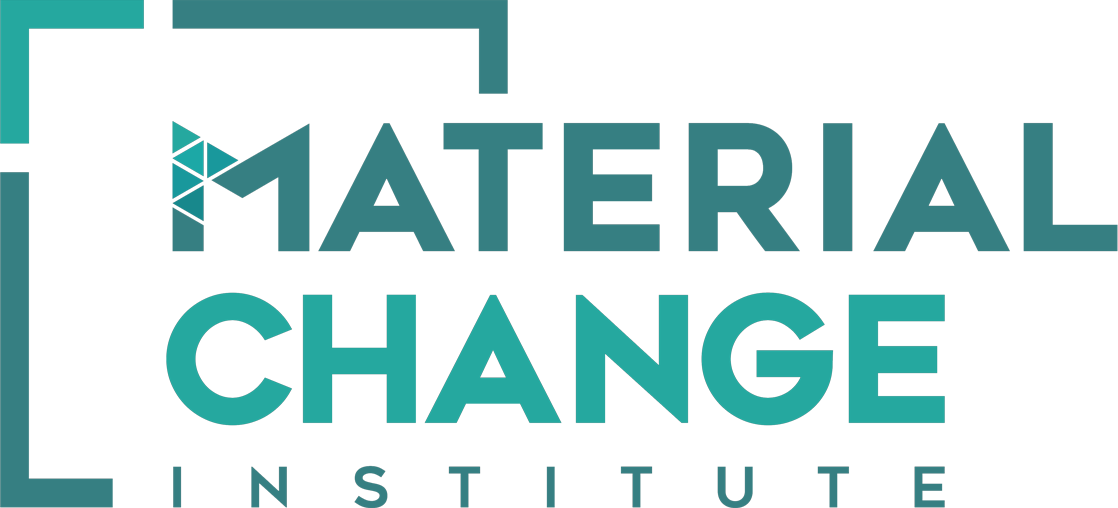For far too long, women’s health has been a neglected field. There has been a significant lack of female-focused clinical research, a limited understanding or appreciation of gender-specific health concerns, and a severe lack of funding to tackle these obstacles.
Thankfully, things are beginning to change.
We are witnessing a new emphasis on female health and wellness. This shifting tide is fueled by the rise of females in leadership positions at large companies, where they can influence corporate strategic direction; the rise of female investigators and scientists researching challenges that are relevant to women; and the rise of female investors, who are twice as likely to invest in female-led companies.
The health implications of male-focused research
The historical practice of research conducted predominantly, or exclusively, on male patients has resulted in medical training and diagnostic practices that rely heavily on male physiology, often neglecting considerations for women. Female symptoms are frequently categorized as rare or abnormal, leading to missed or delayed diagnoses for various conditions. Just 22% of physicians are comfortable recognizing cardiovascular disease in women. Endometriosis, a condition affecting more than 6 million women in the U.S., can take an average of 10 years to diagnose.
The normalization of pain complaints in women has also contributed to significant diagnostic delays, resulting in women experiencing more years with pain and disability compared to men. Once women are diagnosed with a condition, their therapeutics will most likely have been developed based on the male metabolism and hormonal balance. That makes treatments less effective for women, who are twice more likely to experience adverse drug reactions than men.
An explosion in FemTech innovation
With each passing day, women are increasingly less willing to accept a status quo in which pain and poor health are simply part of the female experience. This recognition of existing knowledge gaps —and the pressing need for gender-specific research, diagnostic paradigms, and treatment algorithms —is leading to a surge in innovative solutions and dedicated investments from legacy healthcare players and startups alike.
Over the last 12 months, there has been a remarkable explosion of startups dedicated to female health and wellness solutions. The FemHealth Insights database indicates that more than 65% of FemTech companies were established in the past five years. Meanwhile, funding for these initiatives is on the rise: FemTech accounted for 13% of all digital health funding last year, compared with 7.6% in 2020.
Along with increased FemTech funding, we are also witnessing key societal changes that have reduced stigma around female conditions such as menstruation and menopause and encouraged more openness in discussing symptoms and the need for better interventions. I’ll let you decide which is the chicken and which is the egg; but regardless of the catalyst, investment in female health and wellness has moved well beyond the traditional verticals of fertility and reproductive health. It now reflects a more holistic approach, including conditions that have historically been hidden —such as hot flashes, mental health challenges, and female sexual wellness —as well as conditions that have a different or disproportionate impact on women.
In addition to the increased breadth of conditions being treated, female health and wellness companies are growing in every product segment —from remote patient monitoring devices used during pregnancy to therapeutics for menopause symptoms and at-home screening tools and diagnostic tests. A plethora of CPG products, rapidly growing digital health communities, and educational platforms are entering the market.
In just the last quarter, we have seen a €1.3 million investment in a vaginal health therapeutic; an $8 million investment in female-focused digital headache care delivery; a €1 million investment in a startup working to capture and test menstrual blood for diagnostic purposes; and fitness trackers expanding to include female specific biomarker analyses in their product offering. And we cannot gloss over the importance of Astellas Pharma’s FDA-approved non-hormonal treatment for hot flashes, which was announced last month.
The power of sustaining this momentum
Despite this encouraging progress, female health and wellness still has significant ground to cover in terms of research, product development, and investment. Women’s health is often characterized as a niche market, and women still represent less than 50% of clinical trial patients. Research for conditions that impact women still garners significantly less funding than conditions that predominantly impact men. When we account for the burden of disease, the funding picture becomes even more troublesome.
In 2022, just 1.9% of venture capital funding went to female founders, who represent the leadership in 80% of FemTech startups. (This is despite women-led companies, on average, having 35% higher ROIs.) Although 13% of digital health investing is better than 7.6%, women make up more than 50% of the global population. Simply put, there is still significant room for improvement.
An unprecedented focus on women’s health is driving the development of innovative solutions, increased investment, and a blossoming FemTech industry. However, it will be crucial to sustain momentum to ensure a lasting impact on female health and wellness worldwide.
